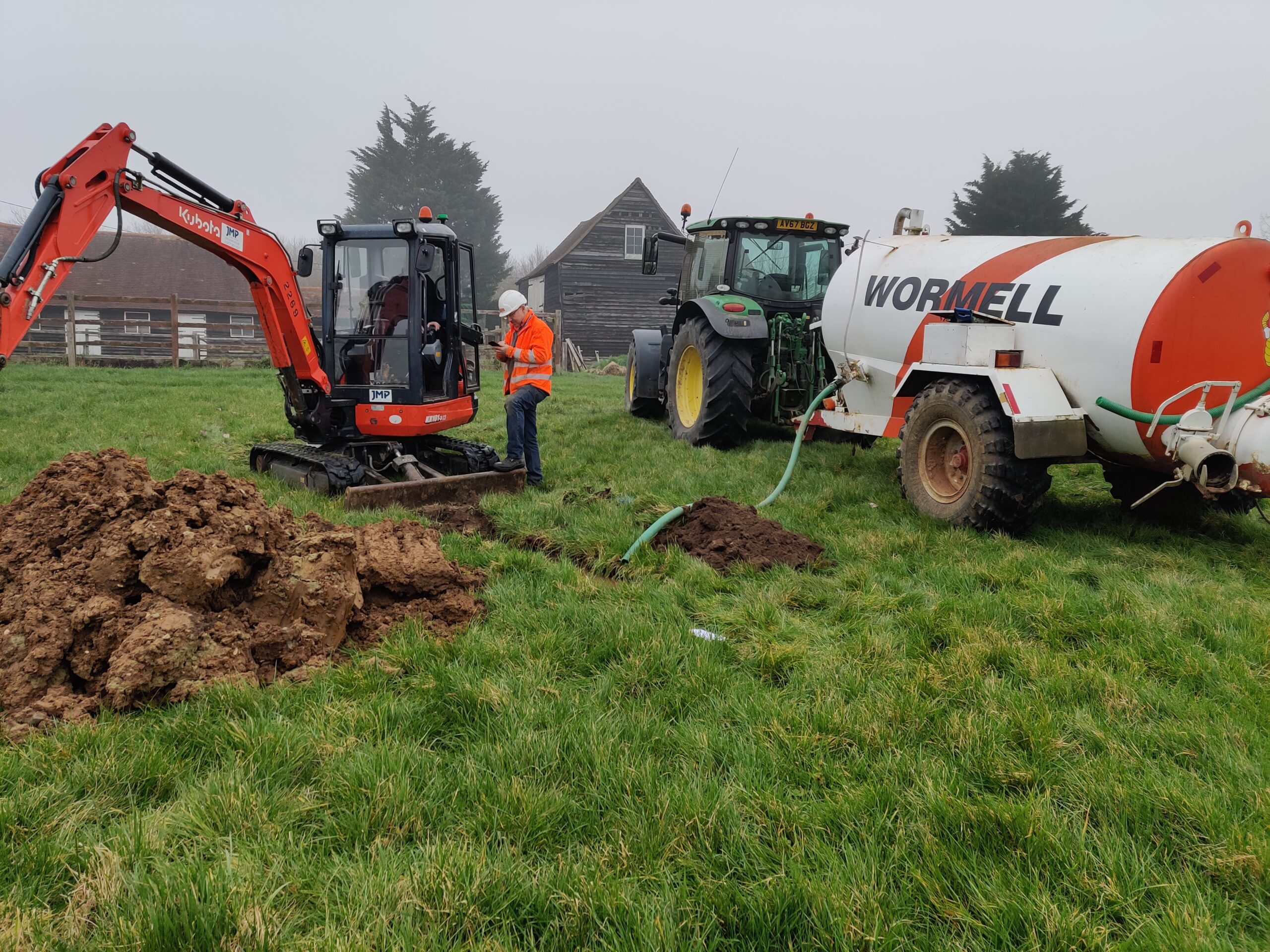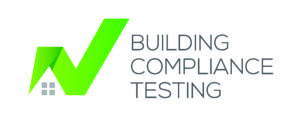
Remediation Method Statement
Building Compliance Testing Limited can provide detailed plan outlining the specific methods and procedures to be used for the cleanup and restoration of a contaminated site, ensuring compliance with environmental regulations and standards.
Phase III Remediation Method Statement
A Phase III Remediation Method Statement is a document prepared as part of the environmental remediation process, particularly in the context of contaminated land. It outlines the specific methods and procedures that will be employed to remediate or clean up a contaminated site based on the findings of earlier environmental assessments, typically the Phase I and Phase II assessments. The key components of a Phase III Remediation Method Statement typically include:
Detailed Description of the Remediation Process: This section provides a step-by-step explanation of the procedures and techniques that will be used to mitigate or eliminate contamination at the site. It may include information on excavation, treatment, disposal, or any other methods that will be utilized.
Health and Safety Measures: Safety is of utmost importance during the remediation process. This section outlines safety protocols, protective measures, and any special considerations for workers and site visitors.
Site-specific Considerations: The method statement is often customized for the specific conditions of the contaminated site. This section addresses unique site characteristics and how they will be managed during remediation.
Materials and Equipment: An inventory of the materials, equipment, and technology that will be used in the remediation process is detailed here. This may include items like excavation machinery, protective gear, or treatment chemicals.
Waste Management and Disposal: A plan for handling, managing, and disposing of contaminated materials and waste generated during the remediation process.
Monitoring and Reporting: An outline of the monitoring and testing procedures that will be conducted to assess the progress of the remediation and ensure it meets regulatory and safety standards. Reporting timelines and requirements are also included.
Quality Assurance and Quality Control: A description of the mechanisms in place to ensure the quality of the work performed and the remediation’s effectiveness.
Schedule and Timeline: A detailed schedule that outlines when specific tasks will be completed and the overall timeline for the remediation project.
Compliance with Regulations: Information on how the remediation will adhere to environmental regulations, permits, and compliance standards.
Contingency Plans: Strategies for addressing unforeseen ground contamination issues, challenges, or changes in site conditions that may arise during the remediation process.
Environmental Impact Assessment: Evaluation of the potential environmental impact of the remediation activities and measures to minimize or mitigate any negative effects.
The Phase III Remediation Method Statement is a crucial document for ensuring that the environmental cleanup is conducted safely, efficiently, and in compliance with relevant regulations and standards. It serves as a guide for all parties involved in the project, including contractors, regulators, and environmental consultants. Additionally, it provides a basis for ongoing monitoring, reporting, and documentation throughout the remediation process.
Other Services
We can also offer a variety of specialist services through our Partners, including:
– Phase I Desktop Study and Preliminary Risk Assessment
– Groundwater, Gas and Leachate Monitoring
– Remediation Method Statement
– Verification Services
We’re friendly and knowledgeable bunch so why not get in touch for a chat. You can always contact Building Compliance Testing with any questions through phone, email or our online chat service.
Don’t worry, we don’t charge for advice given over the phone, so why not ask for a free quote?
01621 493 594 | contact@buildingcompliancetesting.com
Let's Talk About Your Project?
Questions? We've Got Answers!
Find below a list of common frequently asked questions about Air Permeability Testing.

